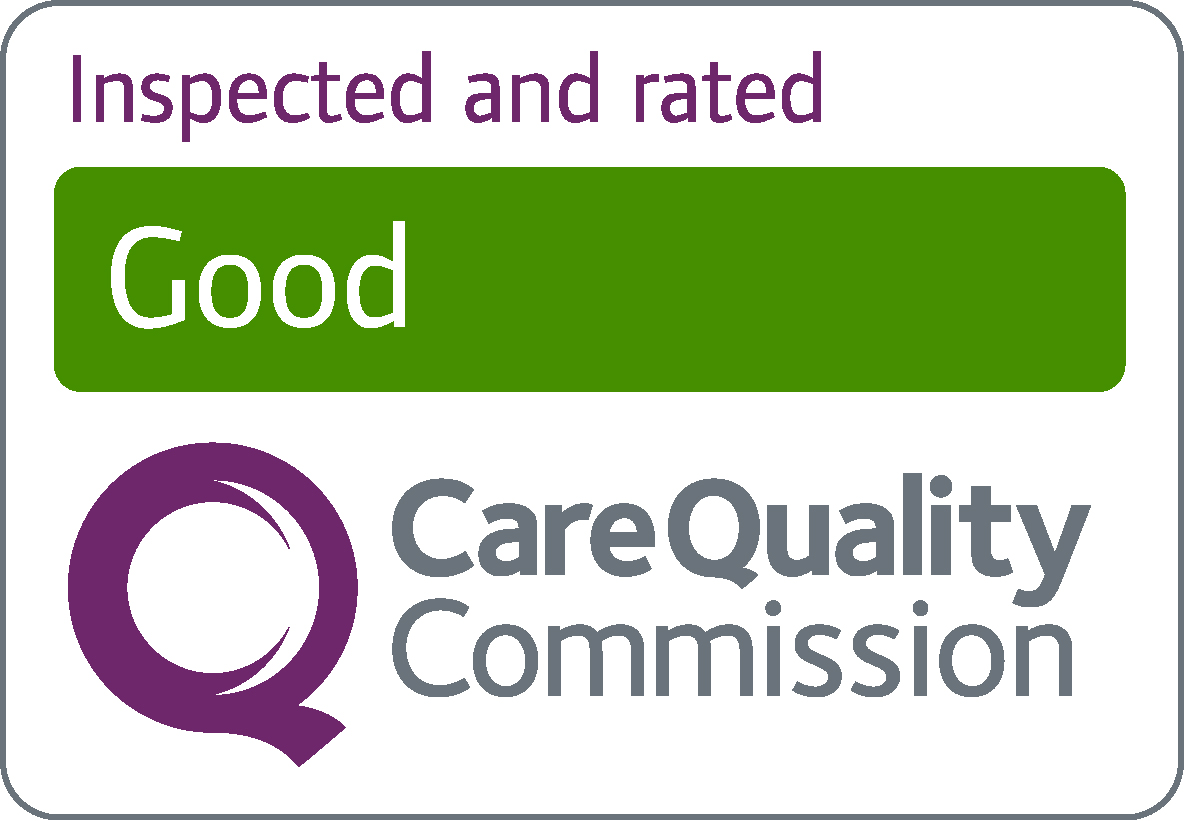Acute respiratory distress syndrome (ARDS)
Acute respiratory distress syndrome (ARDS) is a life-threatening illness that can happen when your lungs are not working properly. ARDS is usually a complication of other serious conditions and is treated in hospital.
Acute respiratory distress syndrome (ARDS) usually affects people who are already unwell.
Causes of ARDS can include:
- sepsis
- infections such as pneumonia
- acute pancreatitis
- accidentally inhaling vomit or food
- drowning
- smoke inhalation
- severe injuries
- having blood transfusions
- having a lung transplant
Symptoms of acute respiratory distress syndrome (ARDS) include:
- shortness of breath
- taking short, fast breaths
Call 999 or go to A&E immediately if you or someone else:
- have severe difficulty breathing, for example, not being able to get words out, choking, or gasping
- have sudden shortness of breath and pain in your arms, back, neck or jaw
- have sudden shortness of breath and your chest feels tight or heavy
- have sudden shortness of breath and you're feeling sick or being sick
- have sudden shortness of breath and you're coughing up blood
- have sudden shortness of breath and you have pain or swelling in 1 of your legs
Do not drive to A&E. Ask someone to drive you or call 999 and ask for an ambulance.
Bring any medicines you take with you.
Acute respiratory distress syndrome (ARDS) is treated in hospital, usually in an intensive care unit (ICU).
Treatment may include:
- oxygen, which you breathe in using a mask
- ventilation, where a machine is used to breathe for you
- medicines, such as antibiotics to treat infection
- fluids given through a vein
ARDS is a life-threatening condition and cannot always be cured. There's a chance someone who has it may die.
ARDS can have long-term effects, such as:
- shortness of breath
- muscle weakness
- pain
